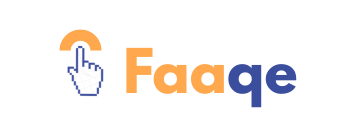1. Introduction: What is OpenArta AI?
OpenArta AI is an advanced artificial intelligence platform designed to revolutionize the way digital art is created, shared, and experienced. Unlike traditional design tools, OpenArta AI leverages machine learning algorithms—especially diffusion models and neural networks—to generate highly creative and original artwork from text prompts, sketches, or even existing images.
At its core, this AI art tool empowers both professional artists and beginners to unlock new levels of creativity. Whether you are a digital illustrator, a game designer, a marketing professional, or just a hobbyist, OpenArta AI provides tools that make it easy to transform ideas into stunning visuals.
One of the key reasons OpenArta AI is gaining massive attention worldwide is its ability to combine speed, quality, and accessibility. Instead of spending weeks designing a single concept, users can generate multiple variations of professional-level artwork in minutes. This makes OpenArta AI not just a tool, but a creative partner in the modern digital world.
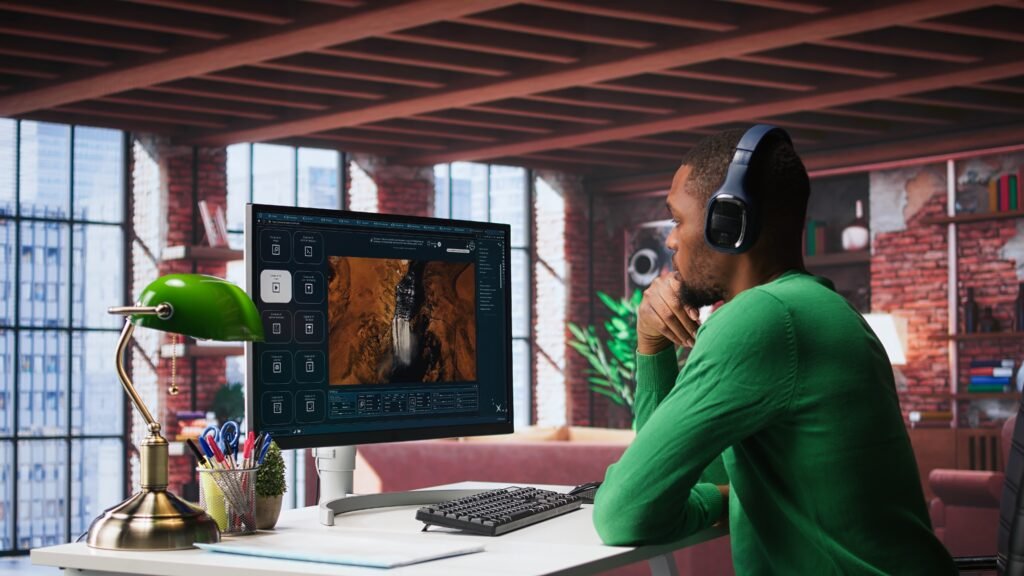
2. Features & Capabilities of OpenArta AI
One of the main reasons the guide to AI art has become a leading platform in 2025 is the wide range of features and capabilities it offers. Unlike traditional art tools, this AI art tool blends deep learning technology with intuitive design, making it easy for both beginners and professionals to create high-quality digital art.
2.1 Text-to-Image Generation
The most popular feature of OpenArta AI is its ability to turn text prompts into stunning images. Users can type a description like “a medieval castle under a golden sunset, in oil painting style” and instantly receive a professional-grade artwork.
2.2 Image-to-Image Transformation
With this feature, users upload an existing photo or sketch and let OpenArta AI reimagine it in different artistic styles. For example, a pencil sketch can be transformed into a realistic 3D render or a watercolor painting.
2.3 Custom Style Training
Professional artists can train the guide to AI art with their own artwork to build a custom model. This allows the AI to replicate and expand on their personal style, making it a true creative assistant rather than just a tool.
2.4 Multi-Modal Creativity
Beyond images, OpenArta AI is evolving to handle text, visuals, and even early-stage 3D and animation support. This multi-modal capability makes it more powerful than many competitors in the AI art industry.
2.5 Collaboration Tools
Users can co-create projects, share prompt libraries, and remix each other’s work inside the OpenArta AI platform. This collaborative environment builds a thriving community of creativity.
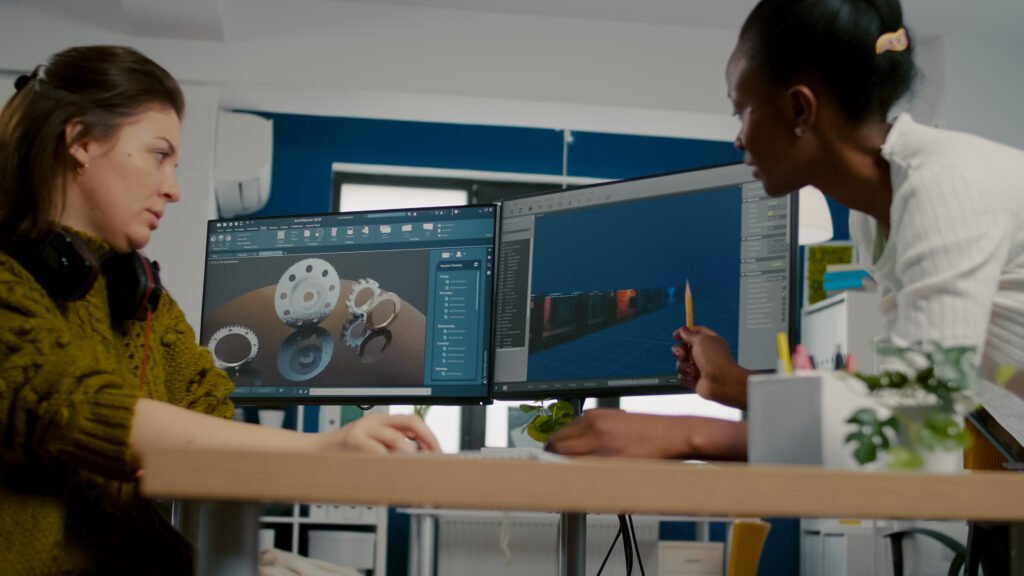
3. Technical Overview of OpenArta AI
While the guide to AI art looks simple from the user side, its backend is powered by some of the most advanced machine learning techniques in the field of artificial intelligence. Understanding the technical foundations helps us appreciate how this platform produces such realistic and artistic visuals.
3.1 Diffusion Models
At the heart of OpenArta AI lies a diffusion model, a process where random noise is gradually converted into a coherent image. The AI essentially “denoises” the picture step by step, guided by the user’s prompt. This technique allows for highly detailed and creative results.
3.2 Neural Networks & Style Learning
OpenArta AI uses deep neural networks trained on millions of images. These networks learn:
- Color palettes
- Composition rules
- Artistic techniques (watercolor, 3D render, cyberpunk, anime, etc.)
This is why the platform can adapt to nearly any artistic style requested by users.
3.3 Prompt Engineering & Embeddings
When a user types a prompt like “a futuristic city in cyberpunk style with neon lights”, OpenArta AI converts that text into embeddings — numerical representations of meaning. These embeddings guide the diffusion model to generate visuals that match the description as closely as possible.
3.4 Image-to-Image and Latent Space
In image-to-image generation, this AI art tool doesn’t just repaint over the uploaded file. Instead, it encodes the image into a latent space (a compressed version of its meaning) and then reimagines it according to the new instructions. This makes transformations smooth and natural.
3.5 Hardware and Cloud Infrastructure
Since OpenArta AI requires massive computational power, most of the heavy lifting is done in the cloud using GPU clusters. This ensures that users don’t need high-end computers — a simple laptop or mobile device can still access the full potential of the AI.
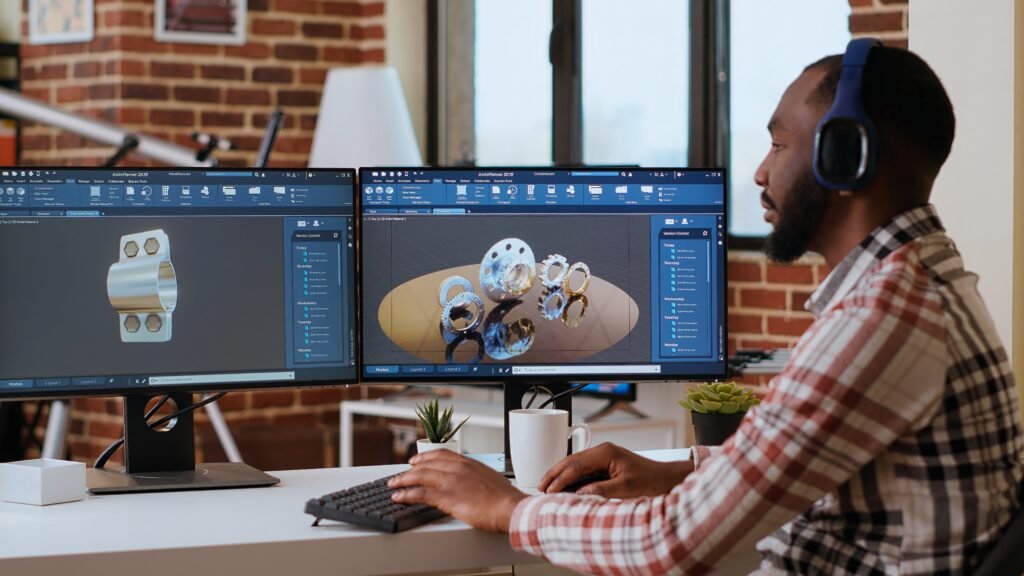
4. Use Cases of OpenArta AI
One of the reasons the guide to AI art is gaining massive popularity is its ability to serve different industries and creative needs. From individual artists to large businesses, the platform adapts seamlessly to multiple scenarios. Here are some of the most common and impactful use cases:
4.1 For Digital Artists
Independent artists and illustrators use OpenArta AI to experiment with ideas, build concepts, and visualize complex scenes in minutes. Instead of spending days on a single draft, they can generate multiple variations instantly and refine their work with human creativity.
4.2 For Game Developers
Game studios and indie developers rely on this AI art tool to produce character designs, landscapes, and concept art. This helps reduce pre-production time and allows teams to focus on gameplay development.
4.3 For Marketing Teams
Advertising agencies and marketing professionals use OpenArta AI to create engaging visuals for campaigns, social media, and product branding. Instead of stock photos, they can generate unique and custom-tailored artwork.
4.4 For Education
Teachers and students are using this AI art tool to visualize complex concepts, historical moments, and scientific theories. For example, history classes can recreate ancient civilizations, while science teachers can illustrate abstract phenomena.
4.5 For Entrepreneurs & Startups
Small businesses with limited budgets can leverage the guide to AI art to design logos, product mockups, and brand visuals without hiring expensive design teams. This levels the playing field for startups competing against larger corporations.
4.6 For Film & Media Production
Filmmakers use the guide to AI art to generate concept scenes, mood boards, and even storyboarding. This saves time during the planning phase of movies, TV shows, and animation projects.
5. OpenArta AI vs Other AI Art Tools
Artificial intelligence art platforms have exploded in recent years. Tools like Midjourney, DALL·E, and Stable Diffusion are widely recognized, but this AI art tool has introduced unique strengths that make it stand out.
Comparing these tools helps highlight where OpenArta AI excels and why many users are switching to it.
5.1 User Interface & Accessibility
- Midjourney primarily works through Discord, which is confusing for new users.
- Stable Diffusion requires technical setup or third-party platforms.
- DALL·E is easy to use but limited in customization.
- OpenArta AI offers a clean, beginner-friendly interface with both simple and advanced options.
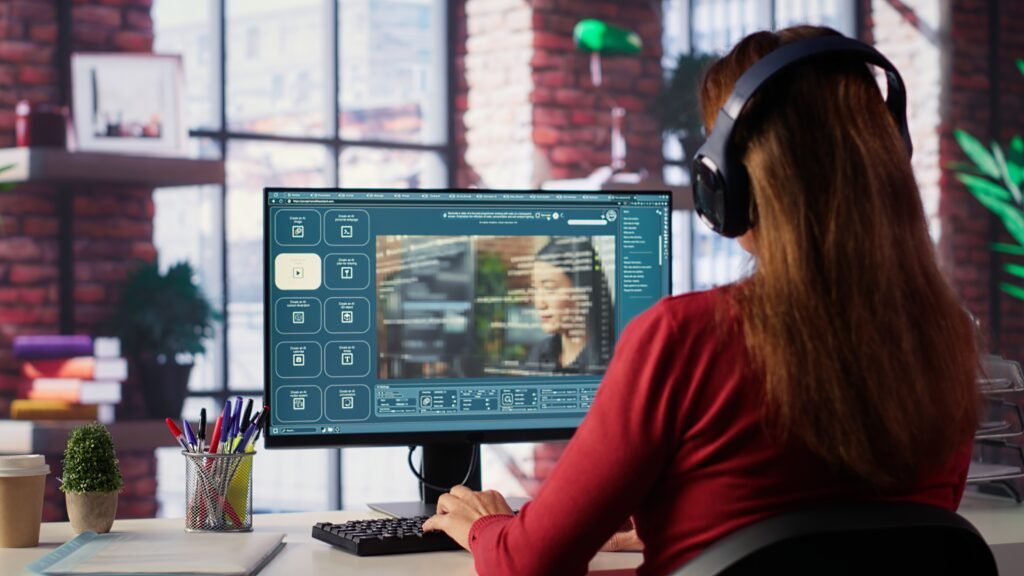
5.2 Customization and Control
- Midjourney produces beautiful outputs but with limited fine-tuning.
- Stable Diffusion offers high customization but requires coding skills.
- DALL·E is relatively rigid with prompt control.
- OpenArta AI allows:
- Negative prompts
- Fine control over style, mood, and resolution
- Iterative refinements without restarting
5.3 Speed and Performance
- Midjourney is fast but limited by Discord queues.
- Stable Diffusion speed depends on local hardware.
- DALL·E is cloud-based but sometimes lags.
- OpenArta AI runs on optimized GPU clusters, ensuring quick results and reliable uptime.
5.4 Community and Collaboration
- Midjourney has a huge community but mostly operates in Discord chat threads.
- Stable Diffusion has open-source communities, but they are scattered.
- DALL·E doesn’t have a strong community hub.
- OpenArta AI includes a built-in community gallery, collaboration tools, and prompt libraries, making teamwork seamless.
5.5 Enterprise Use and Integrations
- Midjourney is mainly for individual creators.
- Stable Diffusion works well for developers but lacks enterprise features.
- DALL·E is tied to OpenAI ecosystem, limiting flexibility.
- OpenArta AI supports enterprise-level features like:
- Team accounts
- API access
- Branding workflows
- Secure cloud storage
6. Community and Collaboration on OpenArta AI
One of the strongest advantages of OpenArta AI is its vibrant and collaborative community. Unlike many other AI art platforms, OpenArta AI was designed not only as a tool for creating visuals but also as a hub where creators can connect, share, and inspire each other.
6.1 Shared Prompt Libraries
Users contribute to a shared library of prompts. Newcomers can browse through successful prompts, learn how they are structured, and reuse them to create their own variations. This makes the guide to AI art especially beginner-friendly.
6.2 Community Galleries
The built-in gallery allows users to showcase their generated artworks. It functions like a social media platform but focused entirely on AI-powered art. Users can like, comment, and remix other people’s creations.
6.3 Collaboration Workspaces
For teams and professionals, the guide to AI art offers collaboration workspaces where multiple users can contribute to the same project. Designers, marketers, and content creators can work together in real time without switching between tools.
6.4 Remixing and Co-Creation
A standout feature is the ability to remix existing creations. If one artist generates a concept, another can extend it, add new elements, or adapt the style. This form of “co-creation” makes art an evolving process instead of a single output.
6.5 Knowledge Exchange & Tutorials
The OpenArta AI community also functions as an educational hub. Advanced users share tutorials, tips, and best practices for effective prompt engineering, model training, and creative experimentation.
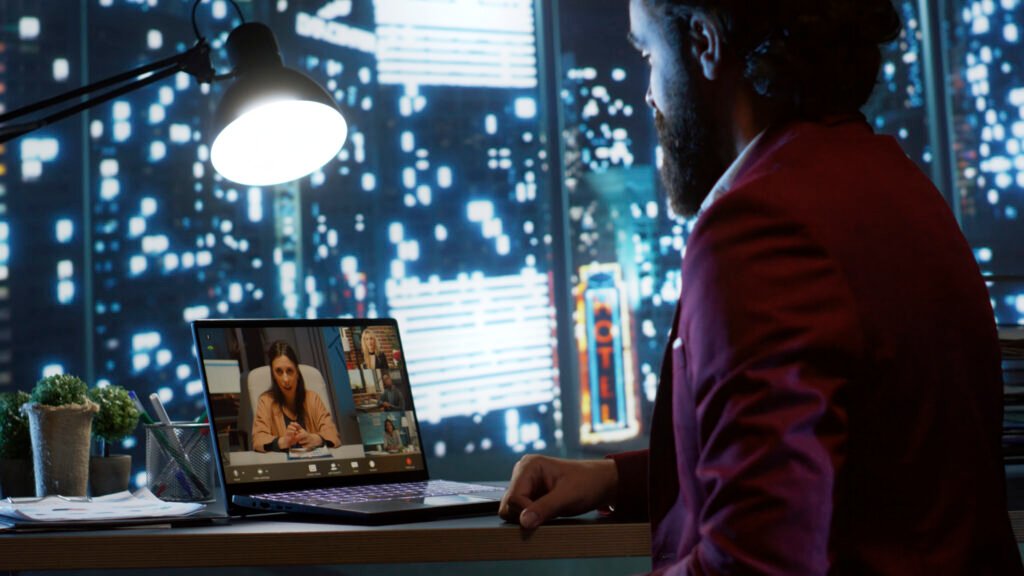
7. Best Practices: How to Use OpenArta AI Effectively
While the guide to AI art is designed to be beginner-friendly, mastering certain techniques will help users unlock its full creative potential. By applying these best practices, you can generate more accurate, visually stunning, and original results.
7.1 Write Detailed Prompts
The more specific your prompt, the better the output. Instead of writing “a cat in a room”, write “a realistic cat sitting on a Victorian chair in a dimly lit vintage room, oil painting style”.
7.2 Use Negative Prompts
Negative prompts tell the guide to AI art what you don’t want in an image. For example, adding “no blur, no extra limbs, no text” will refine results. This is especially useful for avoiding common AI mistakes.
7.3 Experiment with Iterations
Don’t stop at the first result. OpenArta AI allows multiple iterations so you can refine details step by step. Treat the AI like a creative partner — each iteration brings new possibilities.
7.4 Explore Artistic Styles
OpenArta AI supports a wide variety of styles: cyberpunk, watercolor, anime, 3D render, surrealism, and more. Experimenting with styles can inspire unexpected and unique results.
7.5 Leverage the Community
Learn from other users in the the guide to AI art community gallery. Study their prompts, remix their work, and share your results. Collaboration accelerates the learning curve and sparks creativity.
8. Limitations and Challenges of OpenArta AI
Despite the impressive power and versatility of the guide to AI art, it is not without its flaws. Like all AI-driven platforms, there are challenges, technical shortcomings, and ethical issues that users need to be aware of. Understanding these limitations is key to using the tool responsibly and effectively.
8.1 Imperfect Human Anatomy
One of the most common challenges in AI art is anatomy. the guide to AI art, like other platforms, sometimes struggles with complex details such as:
- Hands with the correct number of fingers
- Natural body proportions
- Facial symmetry
8.2 Over-Reliance on Training Data
Since OpenArta AI is trained on massive datasets, its creativity is influenced by the material it has “seen.” This means:
- It may unintentionally reproduce existing art styles too closely.
- Outputs can sometimes feel repetitive if prompts are vague.
8.3 Ethical Concerns
Some of the biggest concerns with AI art revolve around:
- Copyright Issues: Determining whether AI-generated work can be copyrighted.
- Artistic Ownership: Ensuring that original artists are not unfairly copied.
- Biases: If the training data is biased, outputs can reflect stereotypes.
8.4 Computational Costs
Although cloud infrastructure powers OpenArta AI, heavy image generation can still be resource-intensive. For free-tier or low-budget users, limitations like generation caps, watermarks, or reduced resolution may apply.
8.5 Risk of Misuse
Just like other AI technologies, the guide to AI art can be misused to create harmful or misleading content. The platform includes moderation tools, but users must also take responsibility for ethical use.
9. Ethical Concerns with OpenArta AI
As powerful as the guide to AI art is, its rise brings forward a series of ethical questions. These concerns affect not only digital artists but also businesses, educators, and society at large. Addressing these issues ensures that the platform is used fairly, responsibly, and sustainably.
9.1 Copyright and Ownership
A major question is: Who owns AI-generated art?
- If an artist trains OpenArta AI with their style, are the results original?
- Can businesses legally use AI-generated logos without copyright risks?
- Should AI art be protected under intellectual property law?
9.2 Impact on Human Artists
Some argue that AI platforms like OpenArta AI threaten the livelihood of traditional artists. If clients prefer faster, cheaper AI art, how will this impact careers of illustrators, painters, or designers?
On the other hand, many believe that AI should be seen as a collaborative tool, not a replacement. Artists who adapt can use OpenArta AI to accelerate their workflow.
9.3 Bias and Representation
Because the guide to AI art learns from large datasets, biases in the data may affect results. For instance:
- Gender stereotypes may appear in generated images.
- Certain cultures or ethnicities may be underrepresented.
- Historical inaccuracies might creep into educational use.
9.4 Misinformation and Deepfakes
AI art can be manipulated to spread misinformation, create fake news visuals, or produce harmful content. OpenArta AI includes filters and moderation, but ethical responsibility also lies with the user community.
9.5 Sustainability & Resource Use
Running large AI models like the guide to AI art requires significant energy consumption. This raises concerns about environmental impact if usage scales massively without sustainable infrastructure.
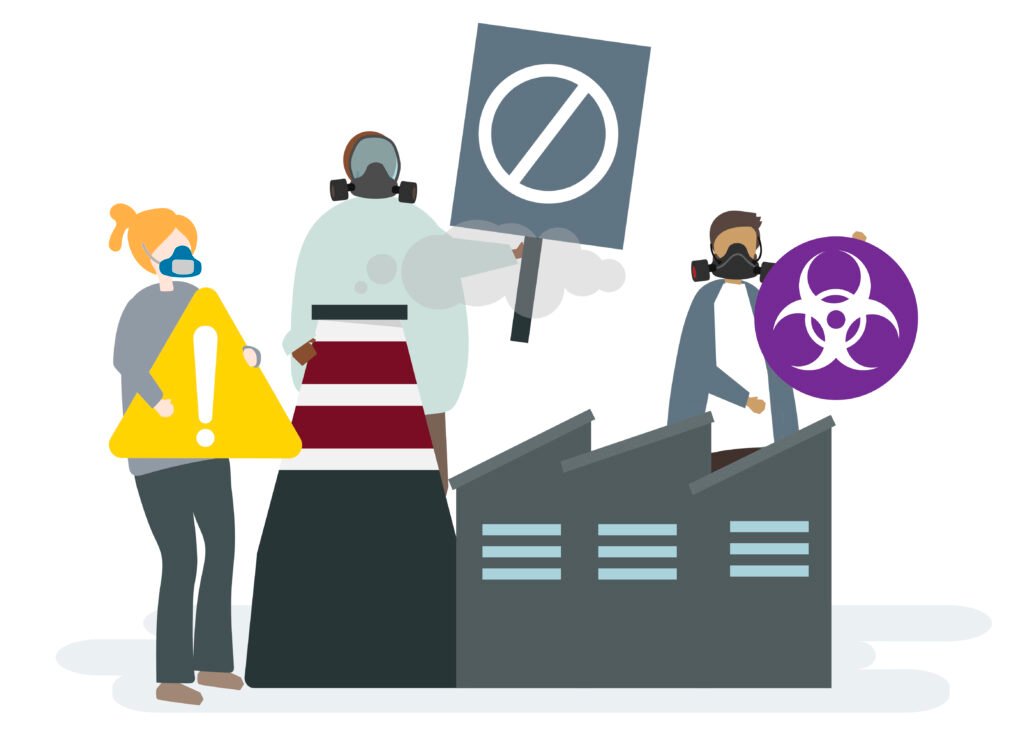
10. OpenArta AI for Businesses and Marketing
In today’s digital-first economy, the guide to AI art is proving to be a game-changer for businesses and marketers. Visual content drives engagement, but creating high-quality designs traditionally requires time, money, and specialized skills. OpenArta AI solves these challenges with speed and affordability.
10.1 Cost Savings
Instead of hiring large creative teams or purchasing expensive stock photos, companies can use OpenArta AI to instantly generate custom visuals tailored to their campaigns.
10.2 Branding & Identity
Startups and small businesses can design logos, brand themes, and product mockups with OpenArta AI, ensuring professional-quality visuals without breaking the bank.
10.3 Social Media Marketing
With platforms like Instagram, TikTok, and YouTube relying heavily on eye-catching visuals, the guide to AI art helps marketing teams create content that stands out in crowded feeds.
11. Case Studies: Success Stories with OpenArta AI
To better understand its impact, here are a few case studies showing how OpenArta AI is transforming industries:
- Indie Game Studio: Cut their pre-production art design timeline by 70% using AI-generated environments.
- E-commerce Brand: Increased engagement by 40% after switching to AI-generated ads instead of stock images.
- University Project: History students recreated ancient civilizations using the guide to AI art, making lessons more immersive.
12. SEO Strategy with OpenArta AI Keyword
For websites writing about OpenArta AI, ranking high in Google requires proper SEO strategy:
- Use the focus keyword the guide to AI art in titles, H1s, and meta descriptions.
- Add the keyword naturally every 100–150 words.
- Optimize images with descriptive alt text.
- Build backlinks from tech, art, and AI-related blogs.
- Create long-form (2,000+ words) articles — like this one — to dominate search rankings.
13. The Future of OpenArta AI
Looking ahead, OpenArta AI is expected to expand beyond static images and into multi-dimensional creativity. Trends to watch include:
13.1 3D Generation
Creating fully interactive 3D models for use in the metaverse, VR, and AR environments.
13.2 Video & Animation
Evolving toward AI-generated short films, animated sequences, and dynamic marketing assets.
13.3 Real-Time Creativity
Imagine describing a scene verbally and seeing it rendered instantly — the guide to AI art is moving toward real-time generation.
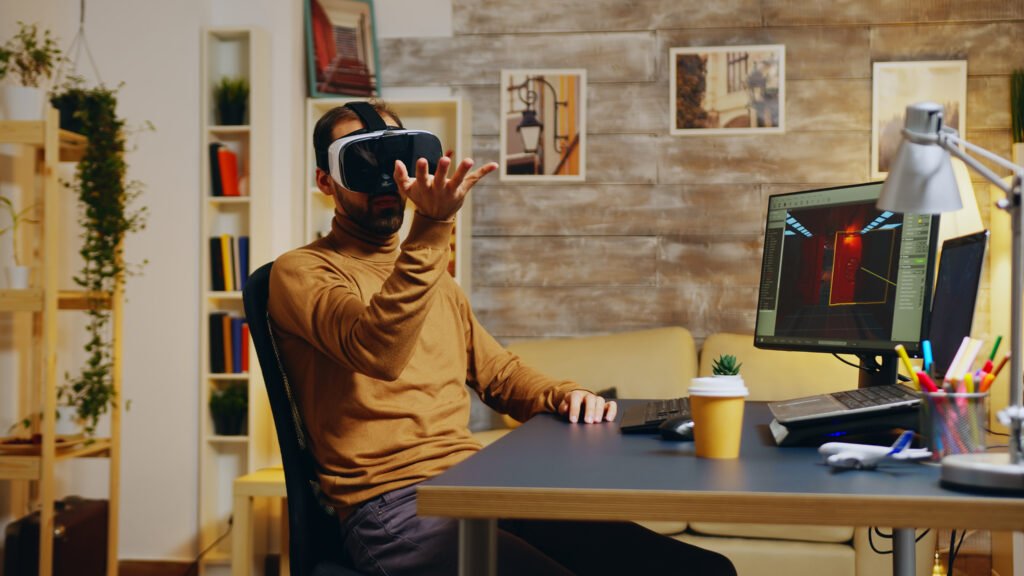
14. OpenArta AI in Education & Research
Beyond art and business, OpenArta AI plays a growing role in education:
- Teachers use it to create engaging lesson materials.
- Students experiment with visual storytelling.
- Researchers explore how AI-generated art reflects cultural trends and aesthetics.
15. Conclusion: The Creative Future with OpenArta AI
OpenArta AI is not just a tool — it is a movement that redefines creativity in the 21st century. From businesses cutting costs, to students learning interactively, to artists pushing new boundaries, OpenArta AI democratizes creativity for everyone.
As we step into the future, one thing is clear: the synergy between human imagination and AI innovation is unstoppable, and OpenArta AI is leading the way.
